Violinists Maria Milstein and Mathieu van Bellen speak to The Strad about their new album, and how works commonly encountered by children can provide new challenges for adults
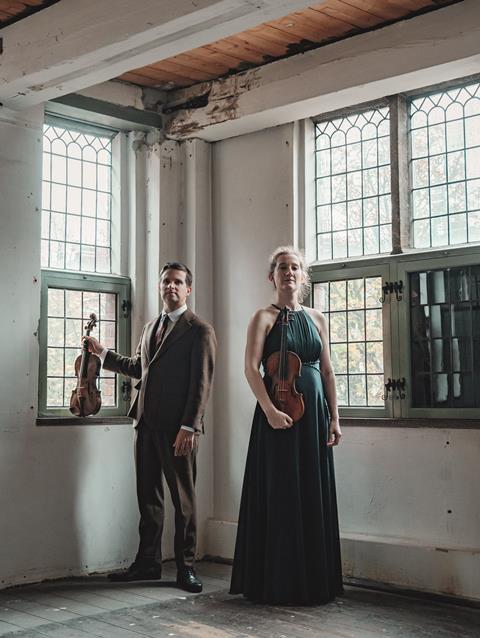
Discover more Featured Stories like this in The Strad Playing Hub
Violinists Maria Milstein and Mathieu van Bellen pair Béla Bartók’s 44 Duos for Two Violins with Luciano Berio’s 34 Duetti per Due Violini in a new album. Bartók’s miniature masterpieces have inspired and delighted countless young musicians.
Although written for children, these duos are far from childlike: original harmonies, striking dissonances and lively rhythms are employed to create music with emotional depth, some being profoundly tragic, others fierce, lyrical, wild or fiery. Few works capture the vitality of folk music as vividly as these.
Like Bartók, Berio composed his Duetti as didactic pieces, dedicating each of the 34 duos to a friend, colleague or composer, beginning with Béla, an homage to Bartók.
The two violinists spoke to The Strad about the uniqueness of exploring such repertoire:
When did you first come across these works in your musical journeys? Particularly the Bartók, which is often performed during childhood studies?
Mathieu van Bellen: I think the Bartók duos must have been one of the first music books that I owned. I remember playing some of the duos with my uncle, an amateur violinist, but back then he was definitely the more proficient one of the two of us! The Berio duos were on my music shelf for a long time, but I didn’t get to know them until I started playing them with Maria.
Maria Milstein: My first encounter with ensemble playing was through the Bartók duos which I performed with fellow pupils. The exciting part was that you could play with people above your level which would unconsciously elevate your own playing.
These works have didactic intentions to teach certain elements - which elements stand out for you?
Maria: One needs to develop a very strong sense of pulse and rhythm to master the complex rhythms of the Bartók duos, specifically the later ones. With all our experience, Mathieu and I still managed to struggle on a couple of the duos during the recording!
Obviously both Berio and Bartók teach the violinists to listen and adjust to each other. Berio in particular combines in certain duos easy parts with much more advanced ones, which allows beginners to play with much more advanced students, a great stimulation.
Mathieu: To add to Maria’s points I would just say that both the duo sets are hugely varied, exposing many (nice) challenges, using a broad range of techniques, as well as outspoken musical ideas.
One needs to develop a very strong sense of pulse and rhythm to master the complex rhythms of the Bartók duos
What are some differences that stand out approaching these works as an adult, as opposed to as a child?
Mathieu: Seemingly easy things become difficult! A simple scale going up and down can become a make-or-break for the success of a duo, while as a child you might not worry about those things too much. Of course when you are looking for more detail, things get harder, but in these duos it can sometimes also overcomplicate things for the musical end result!
Some of the Berio duos are quite complex in the end, and I must say that experiences with other music have helped us a lot, to understand a broader range of styles that he uses.
Maria: I know Bartók better as a composer now, but I do not know if that knowledge influences my interpretation of those duos. I believe I try to search for a certain naivety, which came more naturally 25 years ago..!
What are the biggest challenges in these works? Is the lack of bass and the similarity of register difficult to handle?
Maria: Actually, you do not miss the bass as much in these duos as one does in Prokofiev and Ysaÿe sonatas for example, due to the nature of these pieces. Bartók duos are ultimately folk melodies which could be whistled or hummed, whereas Berio plays with the concept of two violins intertwined with each other and exploits all the range of possibilities from the most basic figures (simple scales and open strings) to the more virtuosic extremes (double stops, polyrhythms, ricochet, left-hand pizzicato and so on).
Ultimately the greatest challenge is to find a unique character for each of these pieces.
Mathieu: I totally agree with Maria. In a recital you usually might play three or four works generally, ranging anything from 15 to 45 minutes each. Here you have 78 pieces where you get more or less one to three minutes each to make a statement.
Regarding the register, and lack of bass, somehow the composers have managed to overcome this problem through a lot of variation in their writing. And between you and me, sometimes it is simply quite nice to not have another instrument to deal with: as violinists, if you don’t get into a fight, you tend to understand each other quite well!
Bartók & Berio: Duos for Two Violins by Maria Milstein and Matthieu van Bellen is out now on Channel Classics.
Read: How we transcribed an entire opera for violin and piano: violinist Mathieu van Bellen
Read: Until Between: a musical exploration of home, identity and language
Discover more Featured Stories like this in The Strad Playing Hub
The number one source for playing and teaching books, guides, CDs, calendars and back issues of the magazine.
In The Best of Technique you’ll discover the top playing tips of the world’s leading string players and teachers. It’s packed full of exercises for students, plus examples from the standard repertoire to show you how to integrate the technique into your playing.
The Strad’s Masterclass series brings together the finest string players with some of the greatest string works ever written. Always one of our most popular sections, Masterclass has been an invaluable aid to aspiring soloists, chamber musicians and string teachers since the 1990s.
The Canada Council of the Arts’ Musical Instrument Bank is 40 years old in 2025. This year’s calendar celebrates some its treasures, including four instruments by Antonio Stradivari and priceless works by Montagnana, Gagliano, Pressenda and David Tecchler.

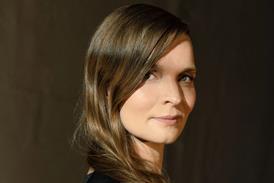
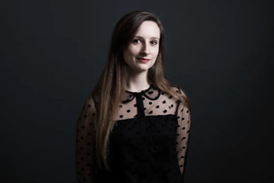
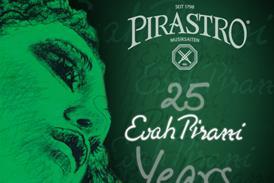

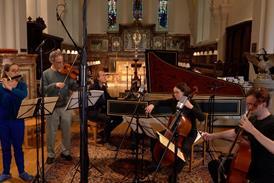
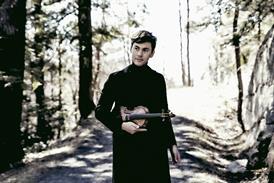


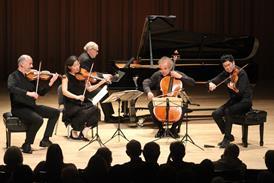
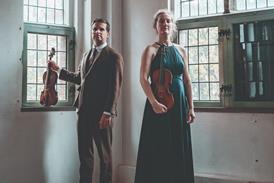

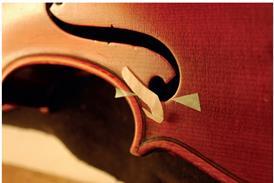
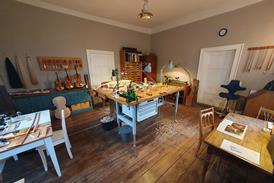
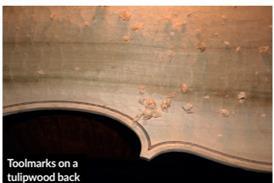
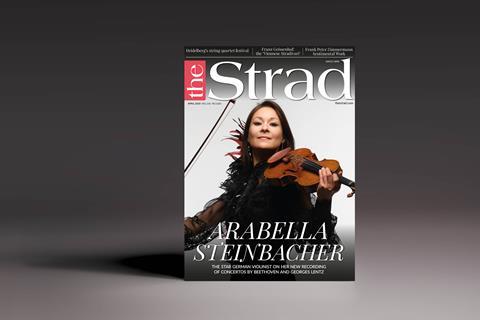
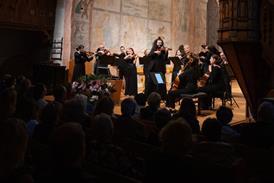

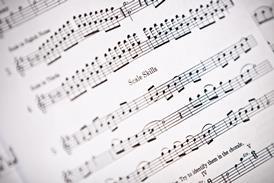
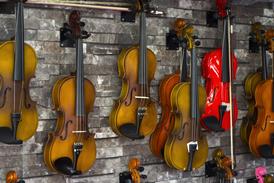
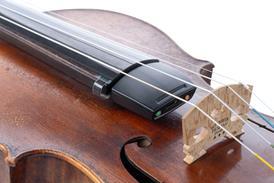

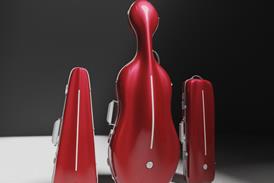
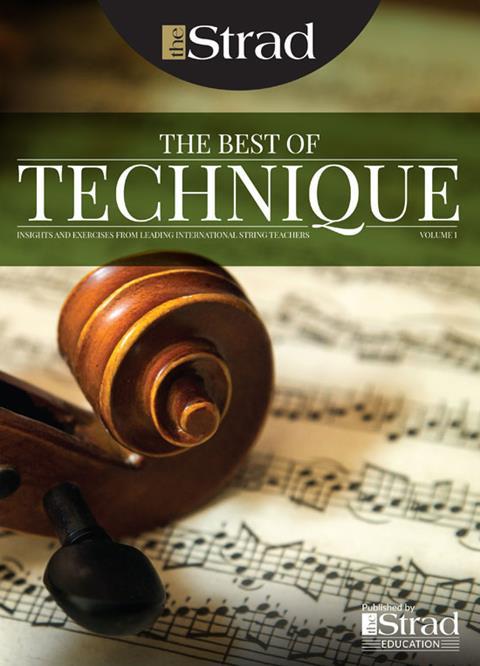
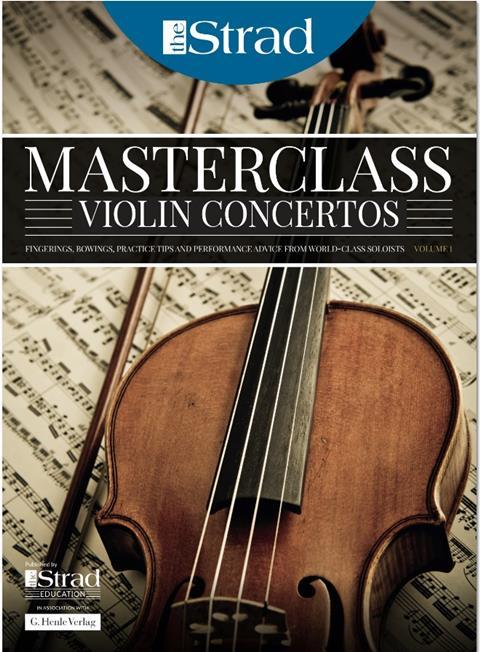
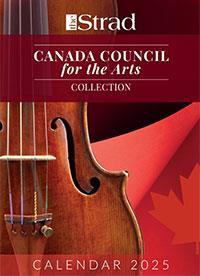












No comments yet